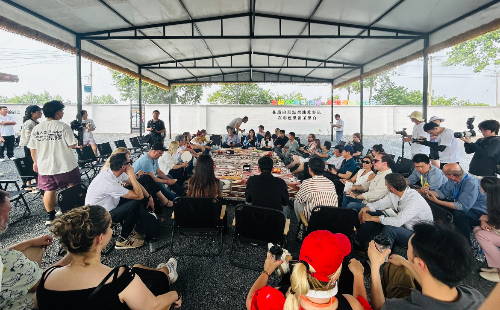Zhejiang sees surge of market entities despite pandemic
The latest data from the Zhejiang Administration for Market Regulation shows that East China's Zhejiang province registered around 1,681,500 new market entities in 2020, 17.13 percent more than the addition made in the previous year.
As of the end of 2020, the total number of market entities in Zhejiang stood at 8,032,400, up 10.91 percent from the previous year.
It is an exciting fact that Zhejiang's increase of market entities in 2020 was even greater than that in 2019 despite last year's unprecedented challenges caused by the COVID-19 pandemic, said an official from the Zhejiang Administration for Market Regulation.
The official added that he believes that the increase of market entities is a result of the consistent efforts by Zhejiang authorities to improve the business environment and benefit private companies.
Following the COVID-19 outbreak, the Zhejiang government promptly pushed forward a slew of favorable policies to support the development of small- and mid-sized companies, as well as individual businesses.
Data shows that the province's registration of new market entities dropped by 25.5 percent in the first quarter of 2020, while reversing its downard trajectory to rise by 16.3 percent in the second quarter of the year.
"External factors do matter, but it is endogenous motivations that fundamentally determine economic growth," said Zhuo Yongliang, a senior researcher at the Yangtze Delta Region Institute of Tsinghua University in Zhejiang.
Zhuo said that the growth of market entities is largely attributable to Zhejiang's focus on developing industries of strategic importance. For example, the so-called "eight trillion-yuan industries" saw a much-higher-than-average growth of small- and micro-businesses.
Prioritizing the development of the "eight trillion-yuan industries" was a guideline set out by the 2017 Zhejiang Provincial Government Work Report. The eight industries are the information, environmental protection, health, tourism, fashion, finance, high-end equipment manufacturing, and culture industries.





 play
play